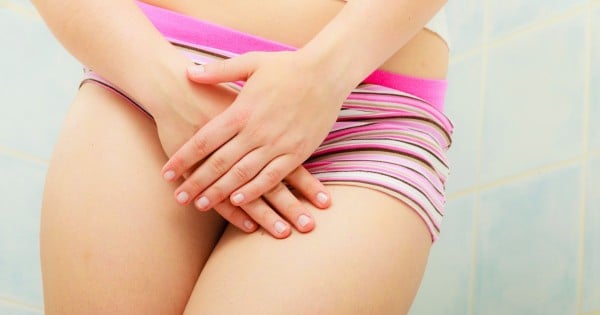“What’s your problem?” A website advertising the ‘FemLift‘ procedure asks. Is it incontinence? Dryness? Looseness?
Perhaps it’s the pigmentation or the shape of the “lips below your hips”?
Vaginal rejuvenation procedures are growing in popularity across the globe, according to the International Society of Aesthetic Plastic Surgery (ISAPS).
“If you feel self-conscious about the way your vagina looks, it could adversely impact how beautiful, strong and desirable you feel,” the ISAPS website states, before telling you how more than 8,000 women in the US have undergone vaginal surgery in the last 10 years and that Kim Kardashian has had a “she-lift”, too. It’s a surgical procedure – called a labiaplasty – designed to ‘trim’ and ‘shorten’ the inner and outer labia in order to make the vagina appear more lady-like, just short of dressing it up in white gloves and making it curtsey.
“This popular procedure makes it possible to empower yourself with strength and beauty both inside and out,” the ISAPS website continues.
Surely, the word ’empower’ is misplaced? Until I saw the options, I didn’t realise I should be worried about the colour of my vagina or the ‘plumpness’ of my labia. Or that I even had “lips below my hips”… (Can I choose whose lips? Angelina’s or Mick Jagger’s, perhaps?)
Until I saw the potential ‘problems’ such as ‘looseness’ and ‘pigmentation’, I hadn’t considered feeling self-conscious about the way my vagina looks and feels – don’t women have enough to worry about? Last week I was told “hip dips” were a thing (those little dents below your hips before your thighs start that I thought were normal, until I was told I ought to feel ’empowered’ by them because only models have them and DIDN’T YOU KNOW? WE’RE NOT ALL MODELS) and then there are the muffin tops and the love handles and the neck rings and the way my eyebrows are shaped?


Top Comments